About Go: Rules

Minutes to learn, a lifetime to master.
Jump ahead to learn about: Liberties and Capturing, Creating Territory,
Maintaining Territory, Further rules: ko, suicide and seki, and A Lifetime of Learning.
Go is a strategic board game for two players, typically played on a wooden board marked with a grid composed of 19x19 lines (9x9 and 13x13 boards do exist, however, they are primarily used for teaching games, quick play, or to emphasize key points.)
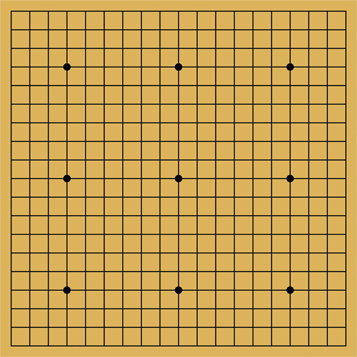
Players begin a game of Go by choosing either black or white stones (generally, the stronger
player takes white). Each player, in a single turn, places a stone on the board on an empty
intersection, called a "point". Black always plays first.
1.1: Liberties and Capturing
"Liberties", (also called "dame" in japanese) are the empty points surrounding a stone placed on a "point". Liberties give the stone life, in that once all of the surrounding liberties are occupied by stones of the opposite color, the stone is captured. When a stone or group only has one liberty remaining it is known to be in "atari". Atari is often used as a warning to a player that a group on the board is within only one stone placement from "capture". With the resulting capture, the white stone is removed from the board and kept by the other player, for later counting.
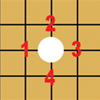
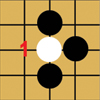
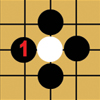
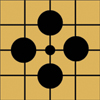 Liberties Atari Capture Result
Liberties Atari Capture Result
When stones are placed along side each other, the liberties of a group are increased thusly.
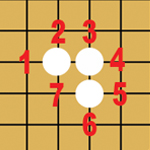
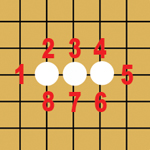
Inversely, when all the liberties of a large group are taken away,
the opponent not only gains several "captured" stones but also crucial territory.
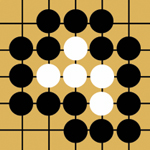
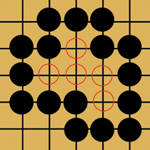
To top
1.2: Creating Territory
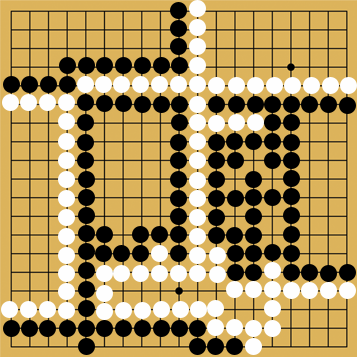
1.3: Maintaining Territory ("Creating Life")
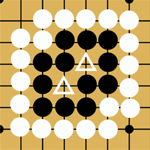
1.4: Further Rules: Ko, Suicide, Seki




Rule of Suicide: Capture takes precidence over "suicide". A player can never
play a stone where he immediately takes away all the liberties of that stone, unless it is to
capture a stone or group.
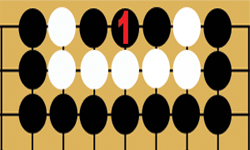
Rule of Seki: "Seki", which can be translated as mutual life, is a sort of symbiosis
where two live groups share liberties that neither of them can fill without dying.If Black unwisely allows White to play three times inside the territory on the left, with out answering, Whites stones will be safe from capture. Black tries but is taken. White equally cannot captue Black. Neither
player counts any territory in a "Seki" position. Therefore, if a "Seki" position persists until
the end of the game, the area involved is simply left out of counting
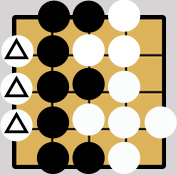
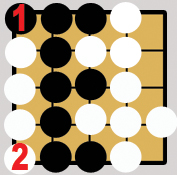
1.5: A Lifetime of Learning
Today's Go players have several resources online:
American Go Association (AGA), Sensei's Library, GoBase.org and Kiseido.com (also known as KGS).
Beginning Go players should also look for local clubs and groups in there area, in order to learn Go firsthand.
Questions, Comments or just need help finding a club in your area?




